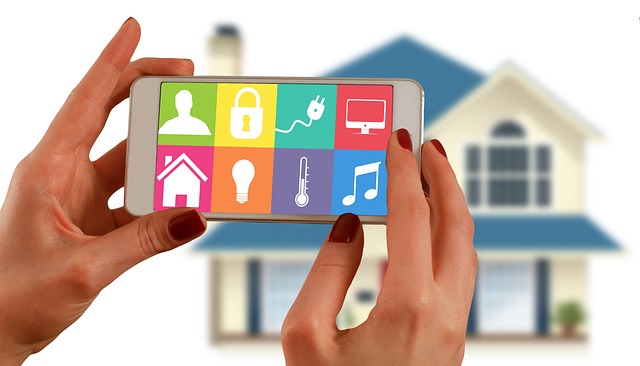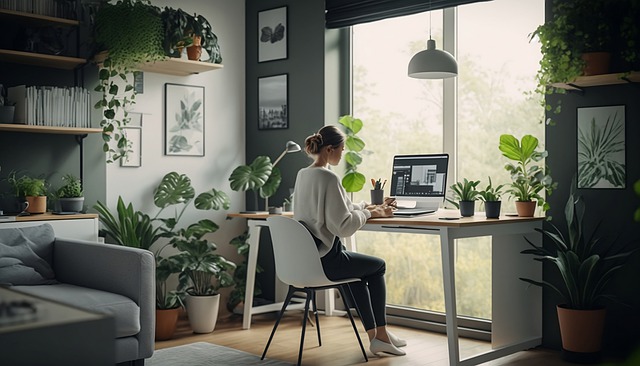Imagine a home designed for real life, not just for the show. Homeowners today are wiser. They build with experience and now demand more from their dwellings. They consider overlooked details. High ceilings and abundant light are now essential. Outdoor spaces transform. They become stylish, functional retreats. Terraces expand, merging indoor and outdoor life. Those seeking homes beyond city limits are more selective. They insist on better materials and methods. A decade ago, few were bothered by soil tests. Foundation drainage was ignored. Project complexities were misunderstood. Project options were limited. Now, the market has evolved. Modern Home Design now prioritizes comfort, logic, and dependability. People want houses that work well.
1. Home Design Trends: Simplicity and Functionality Prevail
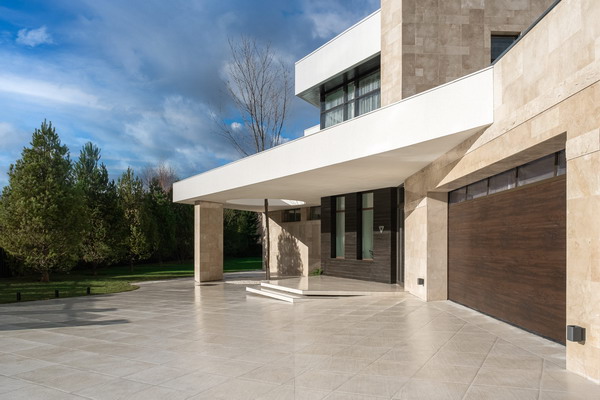
Today’s preferences center on reason and usefulness. Twenty years ago, country houses were like large palaces. They had three, four, or five stories and many unused rooms. Now, most houses have only two stories. Three-story houses are rare. Likewise, basements are less popular. However, homes on hilly land are different. Also, the floor numbers are not the only change. Entrance steps have also lessened.
In the past, higher foundations were stylish. Therefore, entrances looked very grand. Often, they included five to ten steps. Modern homes usually have fewer than five steps. Some entrances and patios have no steps at all. This shows a move towards more straightforward, more practical home designs.
2. Downsizing Homes: Practical Layouts Gain Popularity
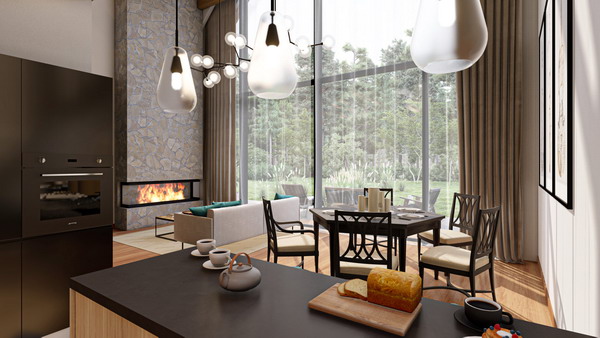
Future owners are moving away from huge areas, choosing compact and rational layouts. Of 10 people, only two leave the same area of the house; the rest are optimizing. The reasons are usually standard – construction and finishing costs, taxes, and maintenance costs. Many homeowners have already used large houses and realize that too large areas are unnecessary.
3. Panoramic Windows: Blurring the Lines Between Home and Nature
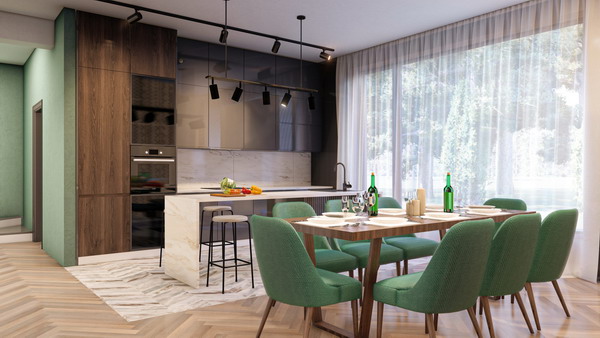
A rising trend established years ago is gaining popularity. Specifically, it is panoramic windows. Despite design choices, homeowners prefer large windows extending from floor to ceiling. Presently, high window coverage implies beauty and prestige. Moreover, it strengthens the connection to nature. The outdoor view merges with the living area, diminishing the division between nature and building.
Furthermore, this trend involves using clear entry doors. As the window area increases, solid doors become less logical. This is especially true in secure communities. Therefore, translucent doors are favored. They align with the open, airy aesthetic.
4. Flat Roofs: Practicality and Eco-Friendly Design Trends
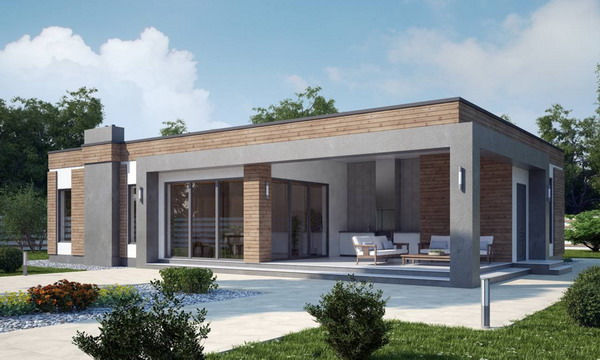
Slowly, fears about flat roofs are fading. Correct design and precise figures ensure their reliability. Moreover, the current eco-style trend promotes usable roofs. These roofs provide extra space. People easily create relaxation spots there. Views from above are constantly superior.
Now, owners choose flat roofs with new, more affordable materials. Sound, budget-friendly options exist. A benefit is that AC and ventilation move to the roof. Maintenance is more straightforward than with sloped roofs. Therefore, flat roofs gained favor for practicality and design.
5. Simplicity and Function: Modern Home Design Priorities
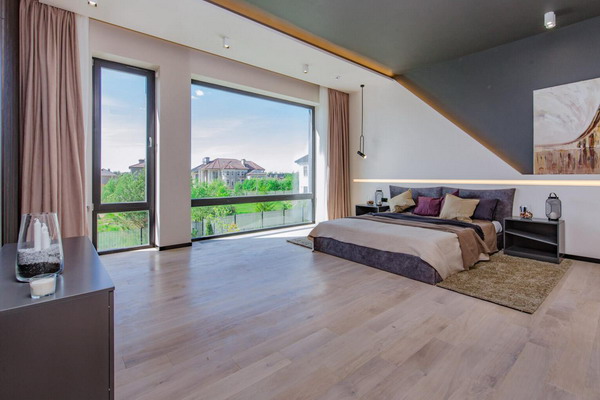
Overall, individuals gravitate towards simple forms and versatility. They similarly opt for limited furnishings. Significantly, this approach enhances a home’s resale potential. It outpaces homes with “distinctive” designs. Moreover, they value uncomplicated, practical layouts. They meticulously consider daily life within the dwelling. Consequently, floor plans are now more efficient. They emphasize effortless living.
6. Energy-Efficient Homes: Modern Tech Cuts Costs
Homebuyers now demand more significant energy efficiency. Advanced technologies make homes warmer. Specifically, new heat and water barriers help. Energy-saving windows also contribute. Modern heaters add to the effect, and innovative heating devices play a role, too. Consequently, these homes are both cozy and cost-effective. They use less energy, which saves homeowners money.
7. Sustainable Design: Product Origins and Green Materials Matter
The story of a product is now vital. Specifically, its origins and production details matter. Design must be good, appealing, and eco-friendly. Natural materials are favored for comfort and the environment. Furthermore, interest in reusable materials is growing. People want to know where items come from. They value the impact on the planet. Therefore, transparency and sustainability are key.
8. Affordable Style: Material Choices Reshape Home Design
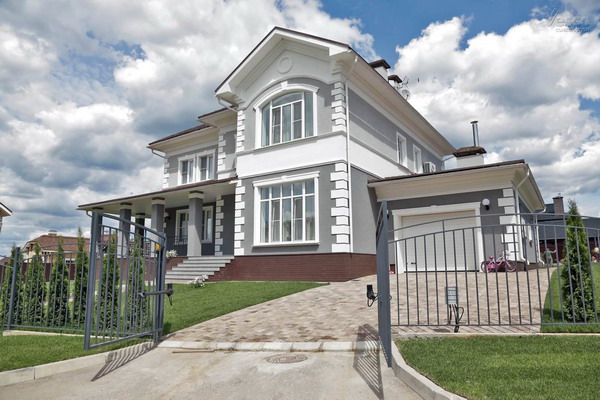
Formerly, beauty equated to high cost. Now, that’s not always true. Twenty years prior, material options were limited. Red brick was mostly it. Today, a vast selection exists. People pick decorative plasters or stone. They may choose clinker brick or wood. Roofing choices also increased significantly. Natural, green options are popular again. In the late 90s, metal roofs were typical. Today, classic ceramic tiles are returning. Of course, they have improved in quality. Plastic window frames were once dominant. There were few other options.
Currently, homeowners prefer wood or aluminum windows. These are more eco-friendly and high-end. Furthermore, the frames are now more energy-efficient. Therefore, style and sustainability are more accessible.
9. Smart Homes: Tech Upgrades for Modern Living
Modern Home Design technology has grown remarkably. Many homeowners install central control systems. Specifically, they use remote video monitoring. They manage heating and lighting via apps. They also open doors and gates remotely. A smart home increases comfort and lowers bills. While we use electronic tools daily, home automation is less common. Even in high-budget dwellings, it’s not widely used. Perhaps people still feel hesitant. They might find it complex or unnecessary. However, the benefits are clear. These systems offer both convenience and savings.
10. Evolving Homeowner Preferences: Comfort and Practicality Lead
We see this as a key shift. Yearly, homeowners gain more experience. Building subsequent houses allowed them to refine details. They consider previously overlooked elements. These include tall ceilings and ample natural light. Outdoor areas have also changed. They now prioritize stylish, valuable spaces. Terraces within homes occupy larger areas. People living outside cities are more selective. They demand better materials and methods.
For instance, geological surveys were rare a decade ago, foundation drainage was seldom done, project details were poorly understood, and project choices were limited. Currently, the market has significantly matured. These shifts suggest a rise in homeowner care. Preferences in modern home design now favor comfort, logic, and dependability. Homeowners want well-built, user-friendly homes.

